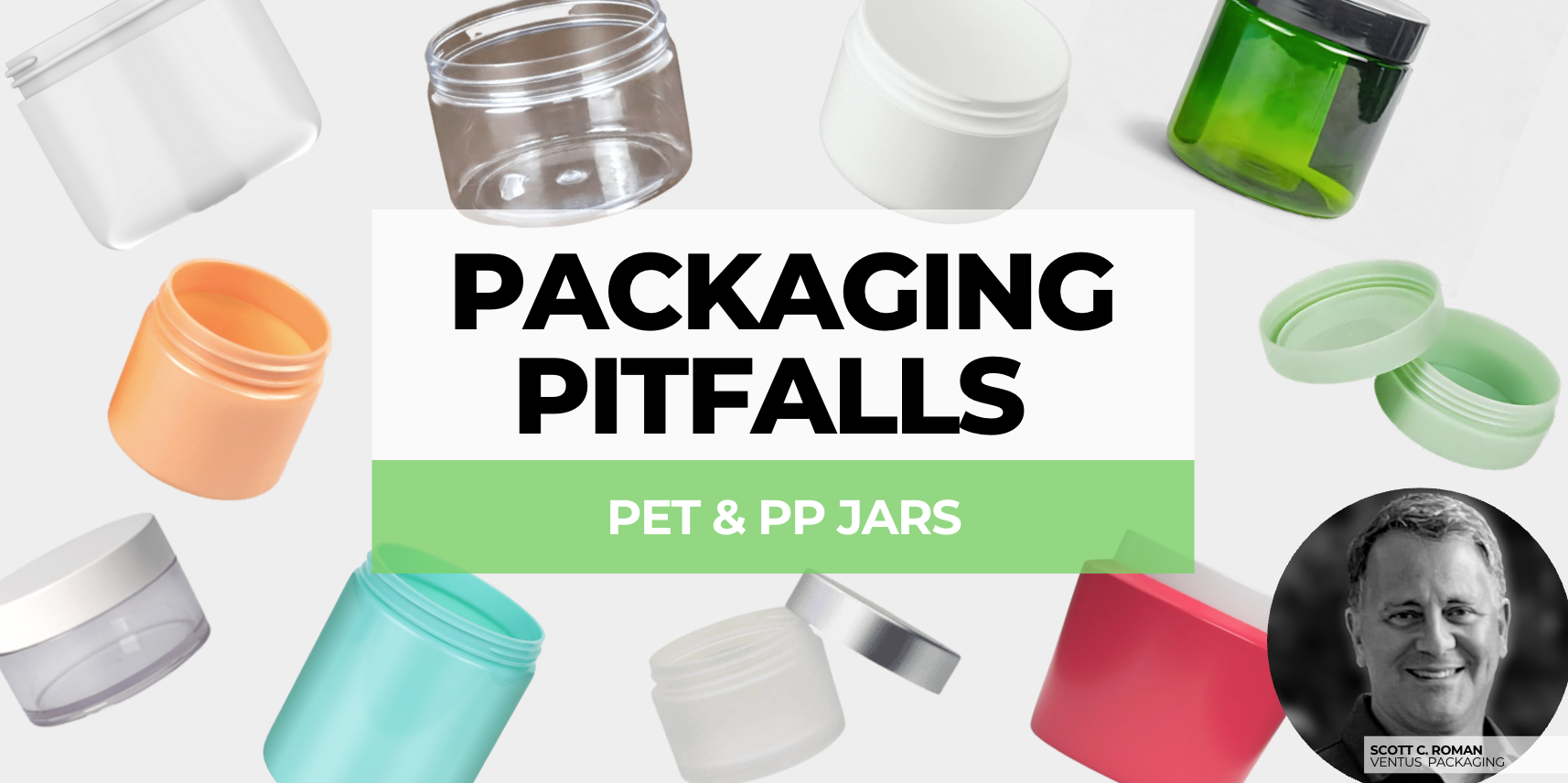
Busting Buzzwords: PCR vs. Recycled Content
Knowing what you provide your target persona matters as a cosmetics or personal care business. From the final product to how it’s packaged, having a leg up in the industry is all about transparency and a deep understanding of your consumers’ wants and needs.
Although something as simple as packaging may seem like a no-brainer as far as consumers’ needs are concerned, it’s actually what sets you apart from your competition… literally. The way the current market stands, consumers build a deep level of trust with a brand based on what they can provide them. Although standing out on the shelf next to your competition is all about the design of your product, packaging plays a huge role in your success, too.
Whether you consider yourself to be an advocate for sustainability, or simply want to understand precisely what goes into the packaging of your product to make a more informed decision on the future of your product, there are a variety of buzzwords to add to your “need to know” list.
For starters, let’s discuss the importance of understanding the difference between pre-consumer recycled material, post-consumer recycled material, and recycled content pertaining to product packaging. Although similar, as far as terminology goes, many factors differentiate these materials from one another.
Here’s The Buzz On Recycled Materials For Packaging
Before we explore the different types of recycled materials, let’s talk about recycled content.
Recycled Content
Recycled content refers to the total percentage of recovered material in a product. Recovered material can be found in both pre-consumer recycled materials and post-consumer recycled materials.
Recycled content can be a mixture of post-consumer and pre-consumer waste. Consider this: if a plastic bottle has 40% PCR and 10% pre-consumer recycled material, the total recycled content would be 50% for the entire bottle. The total amount does not have to be one-sided, but rather, a mix of both.
Pre-Consumer Recycled Material
Pre-consumer recycled material includes material that never reached the intended end-user but has been diverted from the waste stream during the manufacturing process. This term can also be described as post-industrial material.
One of the best examples we can think of involves sustainability guru Patagonia. They take fabric scraps and other material waste from their weaving mills and spinning factories and reuse them to create viable, sell-worthy products. This process not only reduces overall waste but decreases their overall carbon footprint.
Another, more simplified, example of pre-consumer recycled material is the creation of the plastic bottle.
If a manufacturing company is producing plastic bottles, they often blow plastic to form bottles from plastic pellets. The waste, or “pinch off” can be re-pelletized and used to create more of the same end product with less waste. This not only saves the planet but saves the manufacturer by reducing waste and overall material cost.
Post-Consumer Recycled Material (PCR and PCR content)
The term “post-consumer recycled”, or PCR refers to a finished material that has completed its lifecycle as a consumer product. It is then recycled and repurposed into a new material that can be used again.
One industry-leading example of PCR usage is Proctor & Gamble. They utilize PCR by adding it into virgin plastic or using the PCR as the sole material in a variety of their packaging. In fact, as a brand, P&G pledges to reach up to 100% PCR content in their Lenor fabric conditioner bottles soon. This pledge provides their ideal consumer base with respect and trust of the brand that has the best interests in mind for the planet through sustainability practices.
Let's consider the aluminum can when looking at a more direct example of PCR. So often tossed into the standard at-home recycling bin, manufacturers can repurpose aluminum cans in various ways to create new products or even new cans from the PCR content.
So, How Are They Different?
We get it: navigating the recycling process can be a big undertaking, especially when it comes to understanding how pre-consumer and post-consumer recycled materials can help you create a sustainable business.
In the simplest terms, the most significant difference between the two is that while post-consumer recycled material comes from material that has reached the end-user, or consumer, pre-consumer recycled materials did not complete the entire process.
Instead, pre-consumer recyclables skip out on the part that involves the end-user and are often taken from a mid-point in the process of creating other goods and materials.
Let’s go back to the plastic bottle example. When re-pelletized, it is used to create more bottles during the initial production process. This is known as pre-consumer recycling material since it never left the manufacturing plant.
Conversely, if a plastic bottle is created at a manufacturing plant, placed in a store, purchased by a consumer, and then recycled in an at-home recycling bin to be reused and repurposed, this is known as PCR, or post-consumer recycling material because it reached its end purpose post-manufacturing.
The Bottom Line
The most important thing to note is that both options use materials in some form that is recycled and repurposed into a new package. Therefore, both are sustainable ways to decrease your carbon footprint while extending your brand footprint through packaging.
As a leader in the materials industry, we understand that pinpointing the perfect packaging can feel like a significant feat, especially if you’re in the market for ones that complement your goal of being a sustainable brand. The good news is that we are here to help. Explore sustainable packaging options with no strings attached today.




